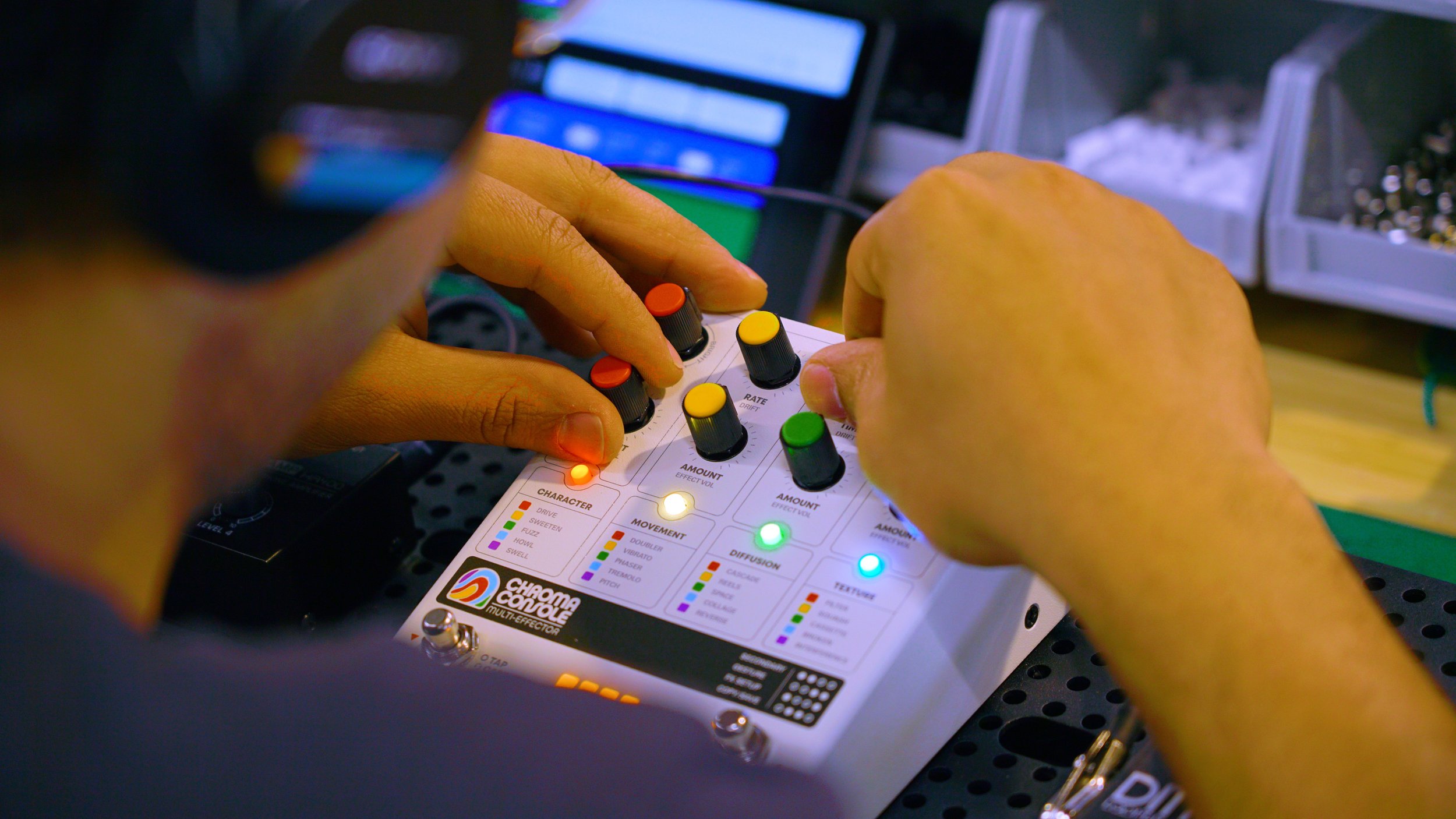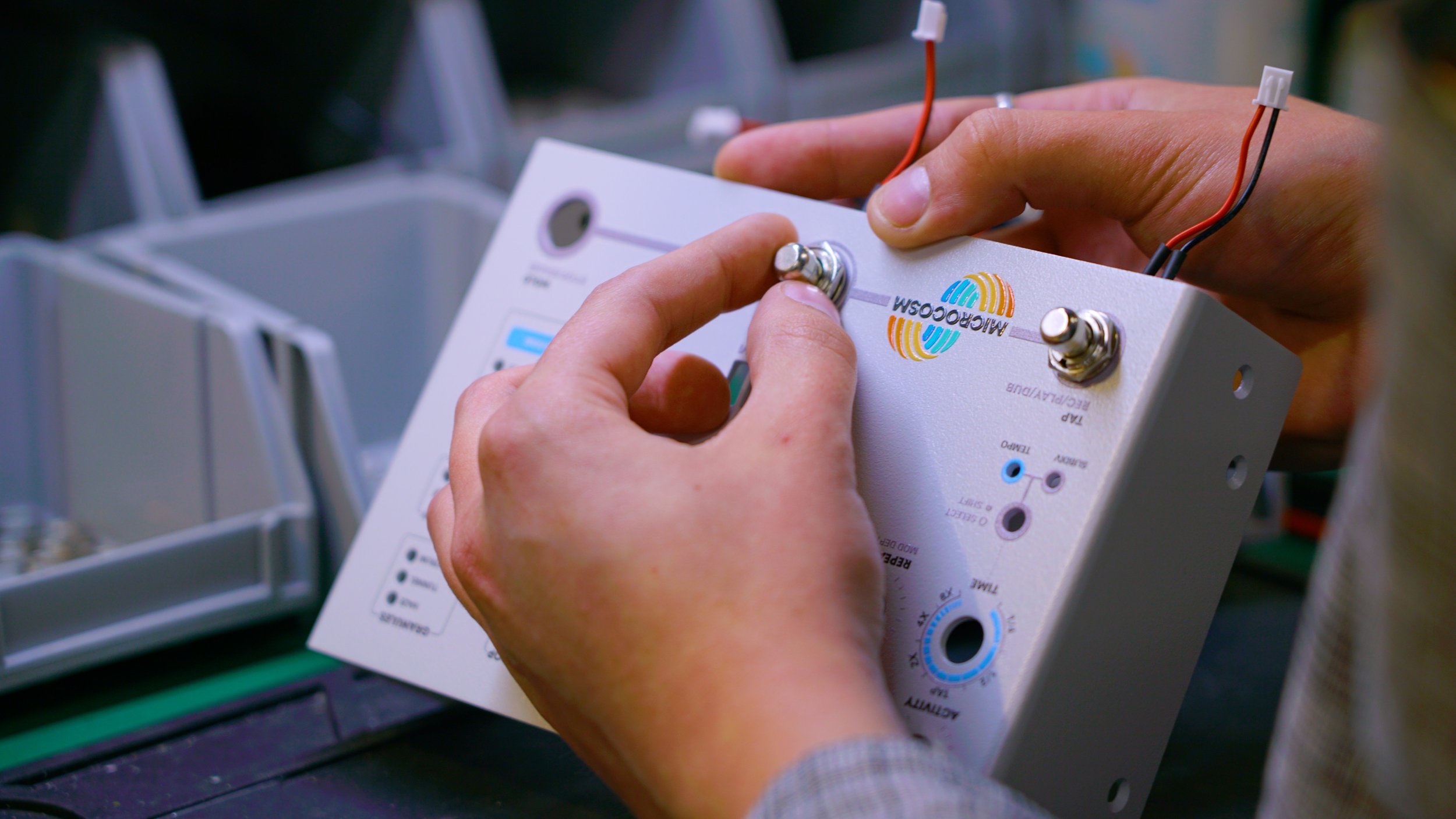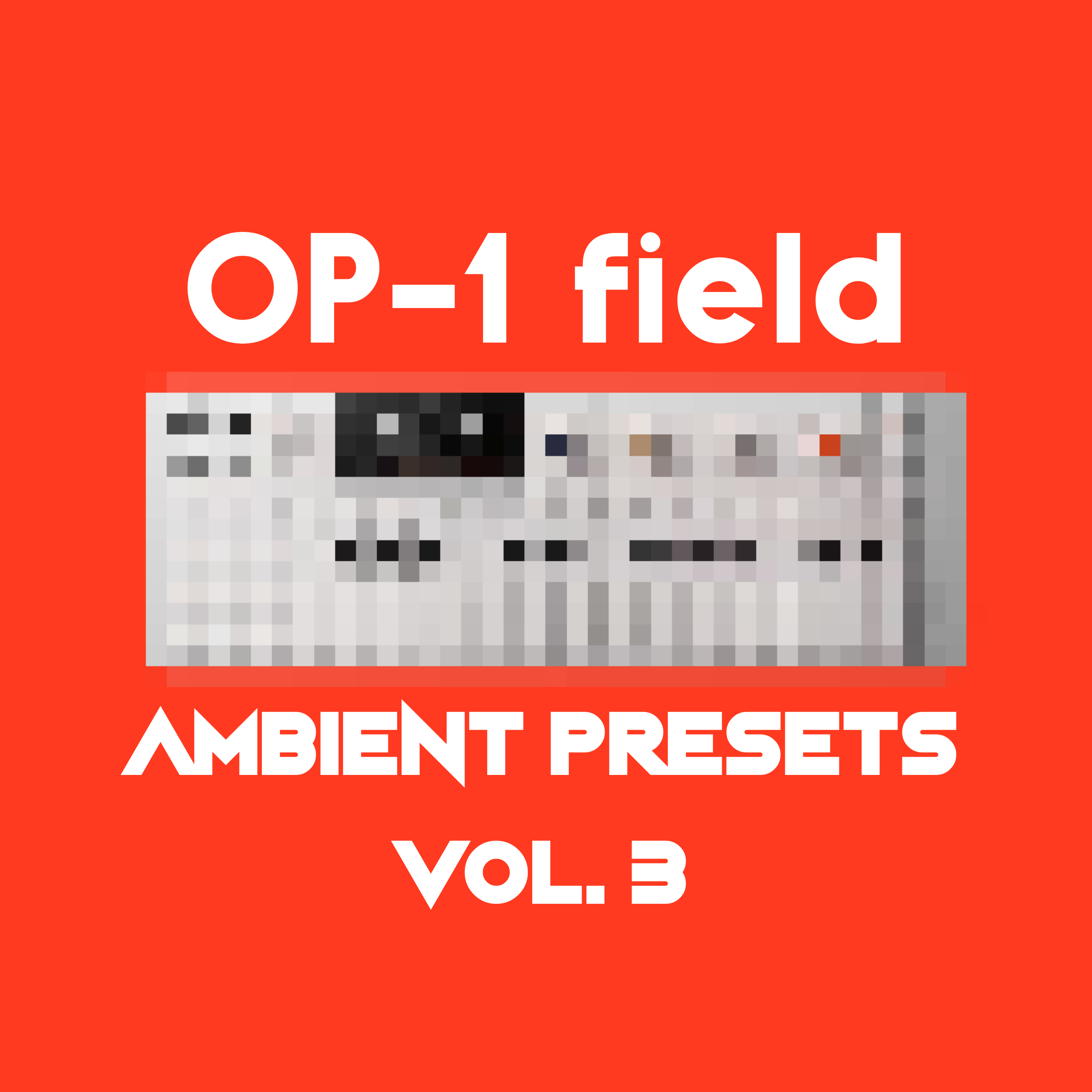Meet the Creators: Hologram Electronics
The boutique pedal company that took the world by storm!
Hologram Electronics was formed in 2016 by two musicians, Ryan Schaefer and Jason Campbell. Hologram started making unique digital effects in small batches but has expanded globally in part due to the breakout success of Microcosm, a granular looper pedal, in 2020. Hologram creates its pedals from the ground up, engineering its own proprietary hardware and software; each pedal is assembled, tested, boxed, and shipped all over the globe from Knoxville, TN.
I’ve been lucky to have both the Microcosm and the Chroma Console (Microcosm Review | Chroma Console Review) and have used them both in all my productions. I can honestly say that Hologram Electronics is the epitome of boutique pedals. They are so creative, inspiring, well-built, and have so much attention to detail. They create pedals that go beyond the standards and become instruments by themselves. So their worldwide success is more than justified.
I had the chance to talk to Ryan - co-founder of Hologram Electronics - and ask him a few questions to understand his approach and philosophy about making pedals, and also to find out more about this incredible company!
Question: Tell us a bit about the story of Hologram Electronics. How did you start and what was your initial vision?
Ryan: I used to play in a band called Royal Bangs and so did Jason, at various points. We toured a lot and would often use a laptop, audio interface, and a whole rack of stuff to process all of the instruments in the band, and occasionally people would ask us how we were getting these sounds. At a certain point, it seemed like it would be a good idea to try to take some of these ideas I had been experimenting with in software and turn them into a simple thing other people could use. Jason and I were roommates at the time, and we thought it sounded like a fun thing to work on together. Luckily, we had no idea how difficult the rest of the steps would prove to be when we started, otherwise we may not have done it. To be honest, I don't think we had any gigantic ambitions for the company when we first started, we just wanted to see if we could do it -- to make something that hadn't been done yet.
Q: So going back to the present, congratulations on your latest release, the Chroma Console! As I also mentioned in my full review, it was a surprising and bold move to do something completely different from the very popular Microcosm. Can you tell us a bit more about the thinking process behind it and what inspired you to create it?
R: I think the initial idea for each of our pedals so far has come somewhat naturally out of the process of recording music; each of them represents a collection of sounds that, at some point, I found myself wanting to hear while working on a song. For instance, I used lots of different glitch or granular plugins with the band, but none of them really worked the way I wanted them to -- I wanted to hear that type of sound, but presented in a more musically coherent way. That's where Microcosm came from. With Chroma Console, the idea was to create a workflow that lets you work really fast to get a huge variety of sounds without slowing you down or taking you out of the creative flow. It chains together a collection of effects that have a real liveliness and grit that feels like the opposite of the kind of sterile multi-effects I grew up with. You can combine effects and rearrange in powerful ways to get a cool sound without having to dive through menus or scroll on a tiny screen. The selection of algorithms represents things that I think are useful in a studio context, and the whole thing is designed to be fun and keep you in the moment.
Q: What was the hardest part of doing a pedal like the Chroma Console?
R: There were a lot of new challenges for us on this one, it's hard to pick! But I think that in general, we spent a ton of time together as a group scrutinizing every single design choice to try to craft the best possible experience for musicians. You want to make it powerful but still fun to use. Finding the right balance between features and a pleasing user interface is always challenging, but I'm psyched at how it came out and it seems like people have really enjoyed Chroma Console.
Q: Your first pedal (if I’m not mistaken) was the Dream Sequence and right after that the Infinite Jets and you still produce both. Two unique and unconventional designs for their time. Now that the market is full of weirder and more experimental designs, I truly believe that you and a few other companies played a huge role in the boutique, synth-friendly, and experimental pedal market. Do you feel that way too?
R: I can't really speak to what our role was in that, but I will say that I think it's a fun time to be making music hardware. Digital pedals used to be mostly the domain of giant music companies who had to sell a huge number of units to make it worth their time. But now, as processors have become faster, cheaper, and more widely available, I think it's exciting to see the wide variety of weird and interesting ideas that are emerging from other boutique companies like ours.
Q: Let’s also talk about Microcosm. It is undeniably one of the most successful and popular pedals of the past years. Did you expect it to be such a well-received pedal when you designed it? What is, in your opinion, the thing that people love so much about it?
R: The success of Microcosm definitely caught us by surprise. The development process was extremely challenging, and then the pandemic hit about a month after we announced it -- so at the beginning, we were really just focused on figuring out how to even make them and get them out the door. But I would have never guessed the idea would resonate with so many people, it has been really fun to see all the different ways people have been using it. I can't say for certain what people love about Microcosm, but if I had to guess I think there are a few elements going on under the hood that make it a bit different and more "musical" than other granular things. Although it chops up your audio into pieces and reassembles it, or diffuses it, etc., it is doing a lot of other work to try to make the output musically coherent and keep it harmonious with your playing. It can surprise you, and at times, it even feels like another musician playing along with you.
Q: Also, I feel like Microcosm shares a lot of the same vibe as Infinite Jets. Was Microcosm actually inspired by the Infinite Jets?
R: They are both very different in many ways, but there's a similar guiding principle in that they both seek to expand the bounds of your instrument-- turning it into something much larger or weirder than the input.
Hologram Electronics HQ
Q: You’ve been around for almost 10 years and have released only 4 pedals. And each time, you never hold back at all and add so many features and functionality to each one of them. Have you ever considered making simpler and with fewer features pedals?
R: When you use the kind of cutting-edge hardware that we do, it can get expensive, and the development is really laborious. That pushes us to really get all that we can out of a pedal for the end user. We want to make it feel like it’s worth every cent to the person who buys it. So we tend to take big swings, probably also because that feels like the most interesting thing to work on. But who knows?
Q: I have and use both Microcosm and Chroma Console. I think the question you get asked the most is where do you place those pedals on a pedalboard?
R: If you're asking me, my answer will most certainly be something disappointing like "wherever you think it sounds best" so I asked Matt, our in-house expert who creates all of our videos, for a more acceptable answer. "If you’re using a stereo rig, maybe I’d make Chroma Console the first stereo pedal in the chain? Microcosm near the end, but maybe not the last thing?" So there you have it.
Q: All your pedals are mostly digital except for the Analog Drive circuits on Infinite Jets and Dream Sequence. Do you consider messing with analog parts and making a pedal that also uses analog technology?
R: We would be open to using whatever parts help us get the sound we're looking for, so who knows?
Q: I know it’s too soon, but have you already started working on your next release? Any hints on your future plans?
R: We're always working on lots of new things, but no hints!
Q: Have you ever thought about making products other than guitar pedals? Like Eurorack Modules, Plugins, or even a Synth?
R: All of those could be fun to work on in the future, I wouldn't rule any of it out.
Q: What is your favorite non-pedal music gear?
R: Personally I am really into old electro-mechanical pianos and currently have a Rhodes, and Wurlitzer 200, and a Pianet. They sound great with our pedals and get a lot of use in the studio at Hologram.
Q: Share with us your favorite settings on the Chroma Console!
R: As the person who came up with the effects algorithms, it's hard to pick a favorite. But I will say that one that I'm particularly proud of is called "Sweeten", which combines compression, EQ, and a gentle saturation. It's not the flashiest effect at first glance, but I've found it sounds great on almost everything and can often add a really pleasing characteristic to your basic tone.
Thank you to Ryan & Matt for this interview! I’m sure the future is bright for Hologram Electronics! It is truly a great time to make instruments and pedals and I love the fact that so many new ideas have been brought to life by people who just dare to go for it. They are a living testament that when you create something great, people will appreciate it and acknowledge it. So if you are thinking of getting any of their pedals, you will definitely not get disappointed. On the contrary, you will be surprised by all the different things you can do with them since there’s always a new exciting sound waiting for you to discover by using a Hologram pedal!





















